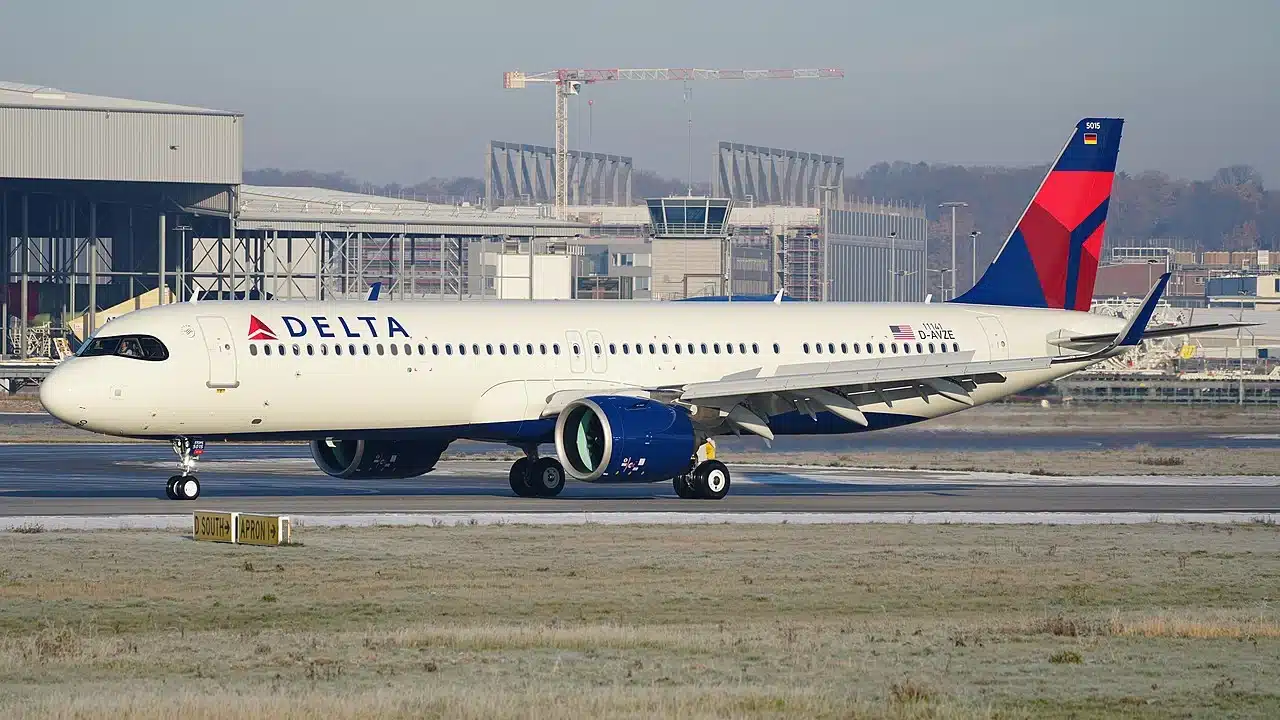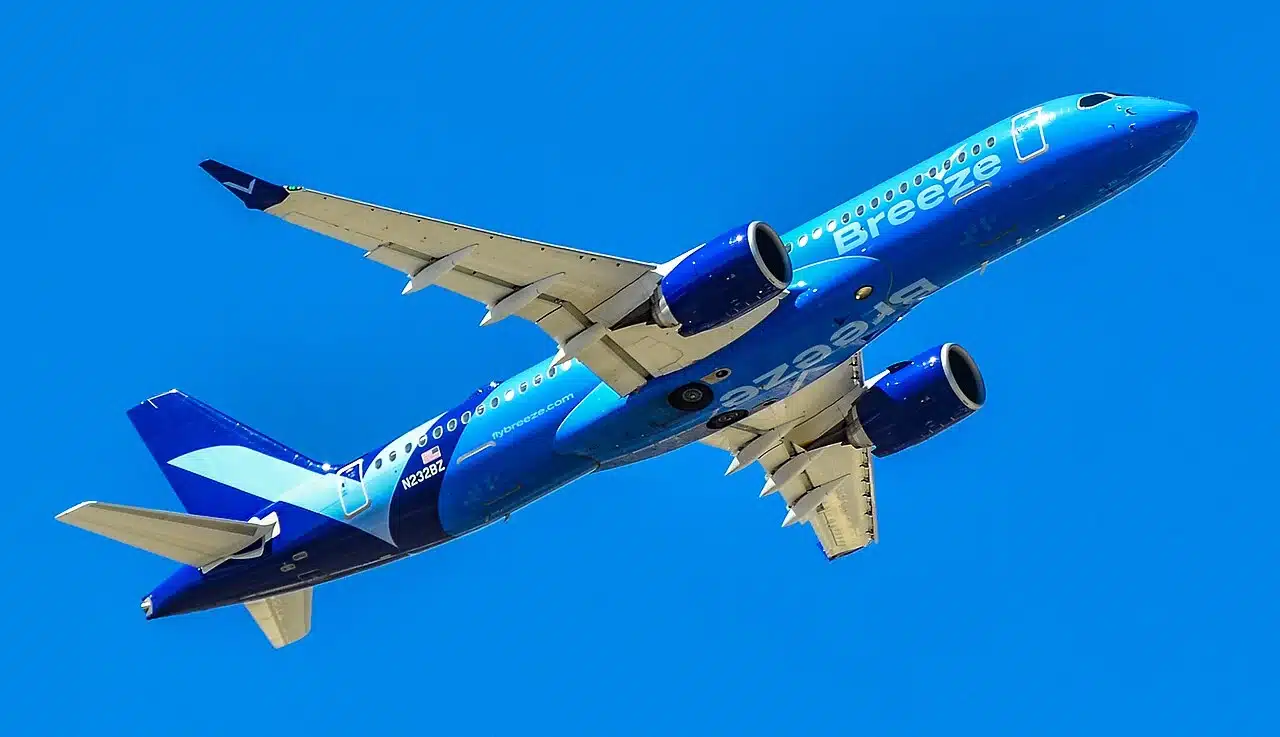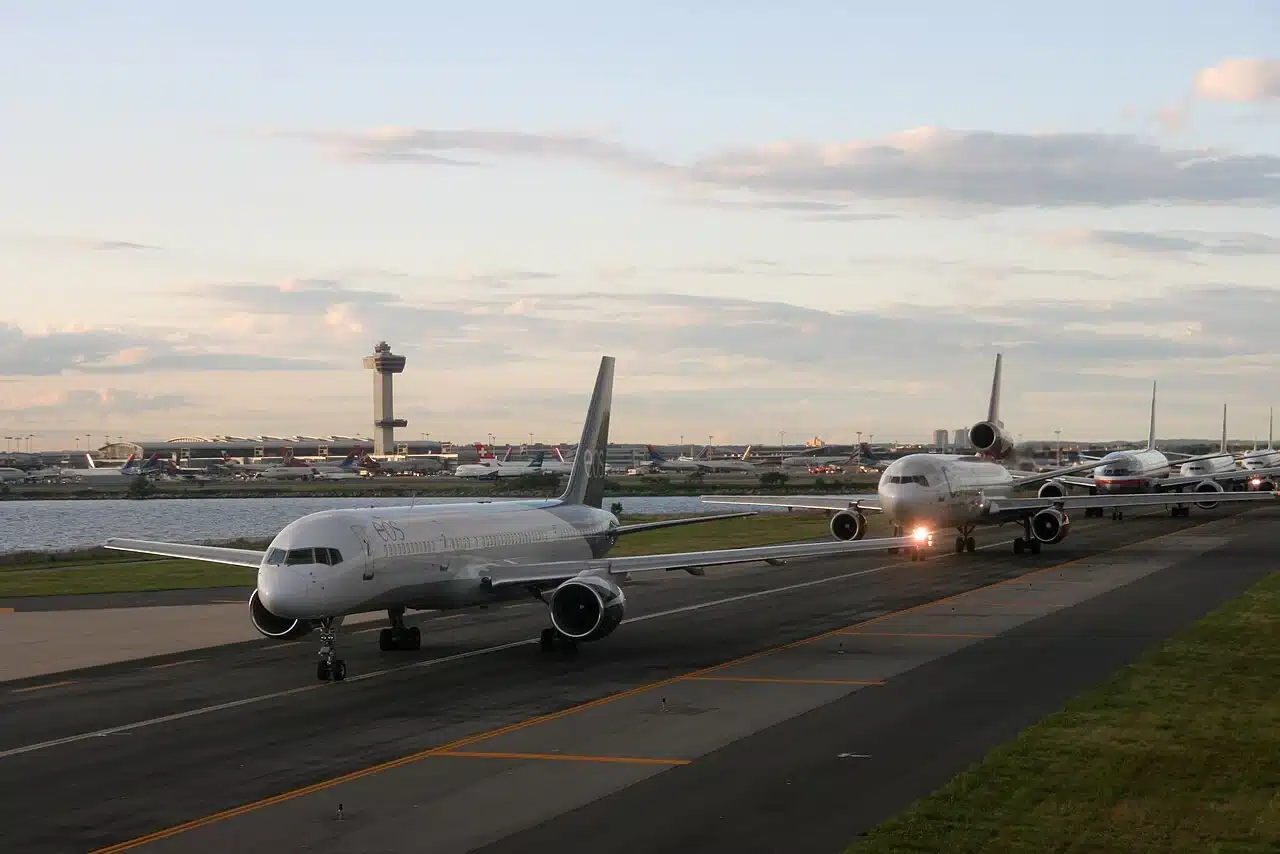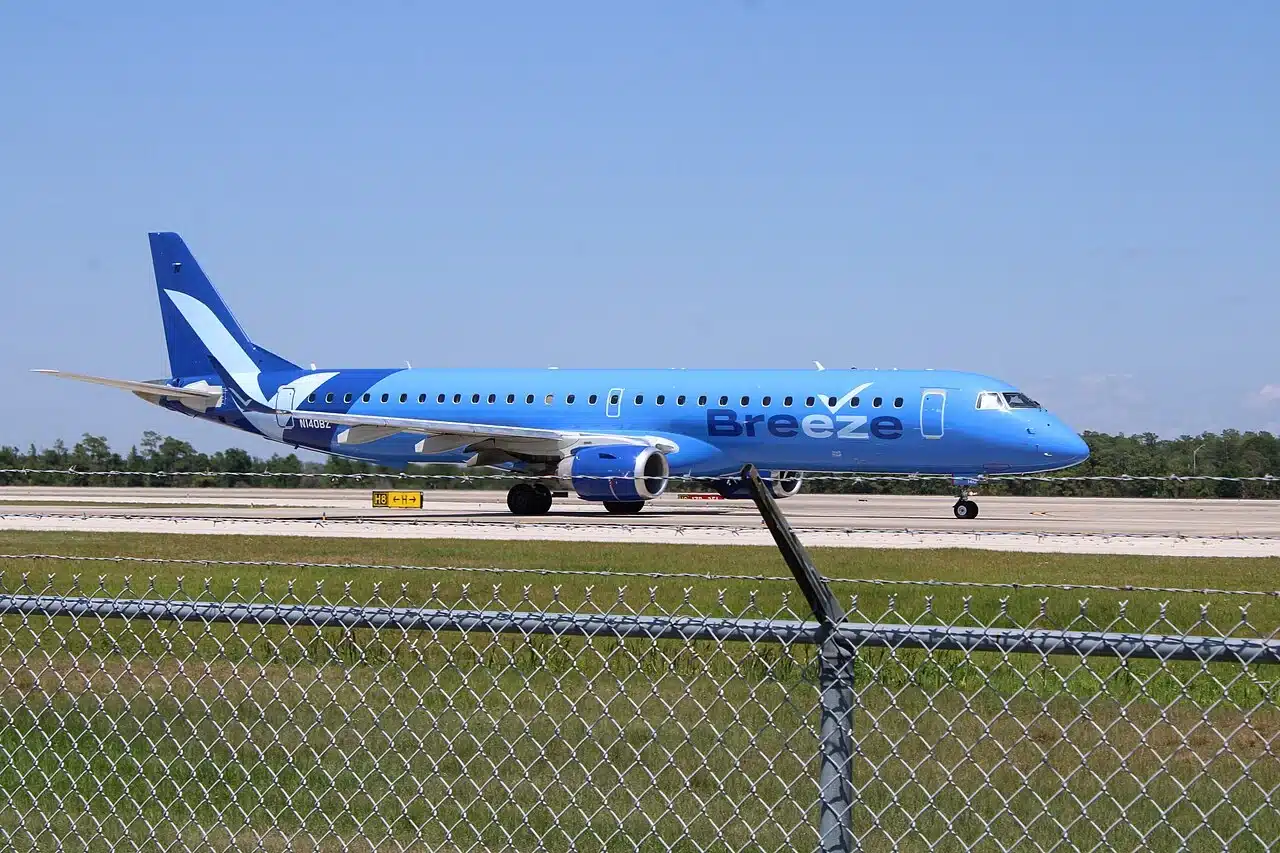


JetBlue will operate its last Embraer 190 flight in September 2025, ending nearly two decades of service as the airline transitions to the Airbus A220.
JetBlue Airways will soon say farewell to its Embraer 190 fleet. The final JetBlue Embraer 190 flight is scheduled to take place in early September. The final flight is slotted as service between Boston and New York.
This retirement will close a 20-year service history for the plane in JetBlue’s fleet as well as in U.S. airline service.
In early August, JetBlue announced the sale of 13 E190s along with 36 jet engines to the aircraft lessor Azorra. Dmitry Kopylov, JetBlue Vice President for Strategic Sourcing and Fleet, commented on the sale, “This agreement enables us to efficiently monetize a portion of our E190 assets. Azorra has a strong track record in the Embraer space, and we’re glad these aircraft and engines will continue to serve operators around the world.”

JetBlue’s Embraer 190 is very special to me. I flew on one when I took my first solo trip to Boston as a high-school senior. Details about the flight are foggy, but I do remember being comfortable in the 2 × 2 cabin. It was also a quiet but straightforward flight.
The Embraer 190 was not glamorous, like JetBlue’s Airbus A320 at the time. But it was reliable. Something that many travelers across the years have come to say about the plane.
JetBlue has been replacing the E190, more aggressively as of late, with the Airbus A220. Right now, the Airbus A220 is nearing full fleet integration. The reason behind the switch is efficiency: the Airbus A220 has better fuel economy, lower maintenance costs, and longer range, meaning it can handle a wider variety of flights than the E190.
JetBlue can use the A220 for short-haul regional routes and longer international route pairings. It doesn’t make sense to hold on to the aging Embraer 190.
Today, there are 51 A220s in JetBlue’s fleet. A220 service was initially concentrated in the Northeast, but its role has expanded to the Caribbean and South America. Territories that the E190 could not serve. The Embraer 190 was mostly designated to Northeast service.
Boston–Logan was once JetBlue’s E190 “capital of the world” at one point. The aircraft flew the majority of JetBlue’s regional routes, like BOS to JFK. It also served nearby vacation islands of Martha’s Vineyard and Block Island.
The JetBlue E190 retirement marks the last carrier here in the United States operating the type. American Airlines retired its E190 fleet in the late 2010s. Breeze, like JetBlue, is transitioning away from the aging aircraft type in favor of the A220. Once the parking brake is set after the final E190 flight, the plane will be virtually absent from use by U.S. mainline carriers.
While the justifications for this decision make perfect sense, the retirement still carries much nostalgia. For travelers like me, the E190 was not just another regional jet, it was part of our personal travel stories. The Embraer 190’s final flight will mark the end of a distinctive era in the skies for some travelers.




